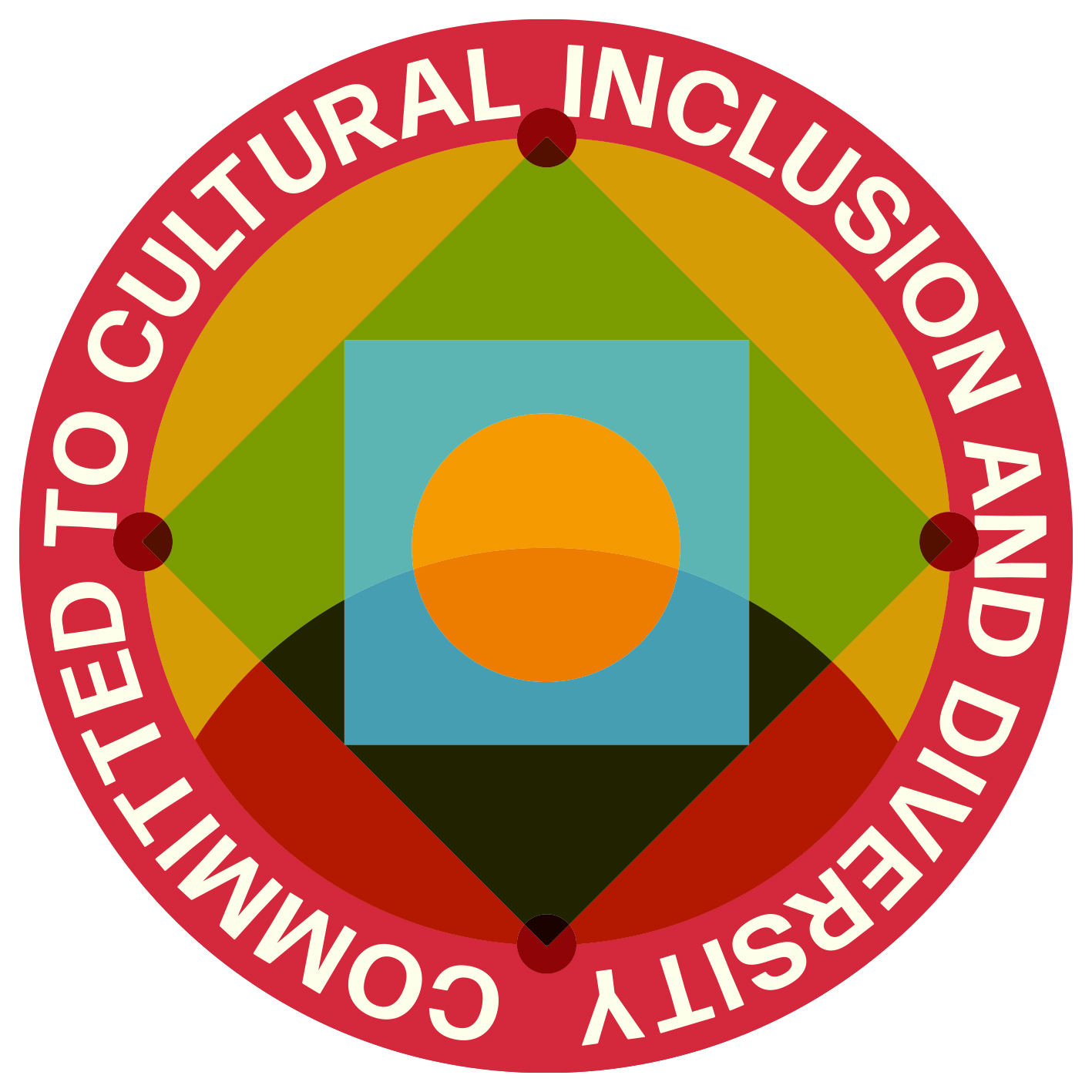Mindful Mandala Menu
︎︎︎Introduction
︎︎︎History
︎︎︎Astrid Baerndal
︎︎︎Ann Crearie
︎︎︎Orinta Pranaityte
︎︎︎Activities
The history of Mandalas
Mandala, (Sanskrit: “circle”)
Originating from Hindu and Buddhist cultures Mandalas are geometric designs which visually represent the universe. They are often used as instruments of meditation and symbols of prayer. There is a belief that as you move towards the centre of the Mandala you are guided towards joy and happiness.
Traditional mandalas are created in many materials, they can be created on paper or fabric, drawn using thread or made using stones. The visual characteristics of Mandalas are circular designs, contained within a square, this is divided into sections, organised around a central point. Each section of the design has a symbolic meaning.

︎ Modern Uses
Psychologist Carl Jung familiarised Western cultures with Mandalas as he believed they represented the unconscious self, and that creating Mandalas in times of personal growth could help to calm and re-order thoughts. It is this that informs the increasing use of Mandalas in art therapy today, and ultimately the rise in popularity of colouring books for adults which feature Mandala designs.
Psychologist Carl Jung familiarised Western cultures with Mandalas as he believed they represented the unconscious self, and that creating Mandalas in times of personal growth could help to calm and re-order thoughts. It is this that informs the increasing use of Mandalas in art therapy today, and ultimately the rise in popularity of colouring books for adults which feature Mandala designs.





